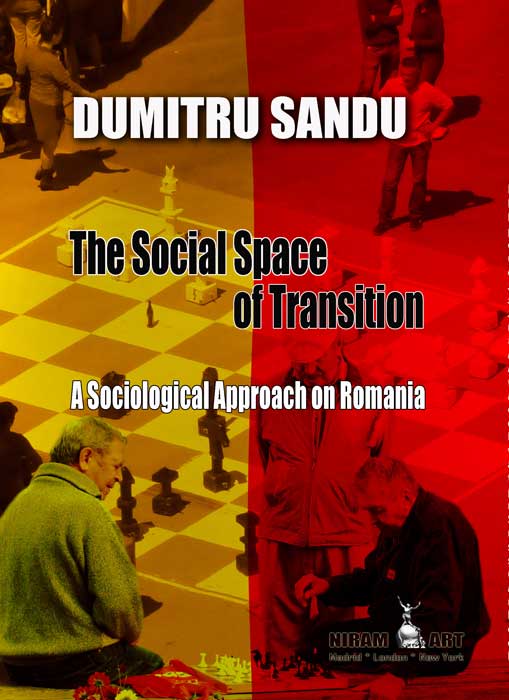“The analogy of the game of chess refers to the conception of transition as process with internal determination. The strategy is the principal factor directly influencing the result. The actors with resources of human capital and with their strategies are those that “play the game”, decide upon the fate of reform. And not just any actors, but, in particular, it is the leaders, the functional equivalent of the players who move the pieces in a game of chess. Chess pieces are carriers of ambiguity. On the one hand they signify the material resources of the agents. They are the visible stock with whose help the player can win the game. This is the associative metaphor between player and pieces. There is, however, also a metaphor based on the opposition between player and pieces: the first is the actor of the elite, agent of construction, and the pieces are the symbol for masses, for those who experience the reform due to some mechanisms of restraint or social contagion. In the reforms effected by constraint of the kind promoted by soviet occupation, the chess pieces are not resources, rather they are the masses. At the limit, in democratic reforms, the chess pieces are material resources. In fact, even in democratic transitions, the metaphor of chess pieces can be read in both senses, as reference to the resources of the elite and as the masses that are influenced by the elite.” Dumitru Sandu

